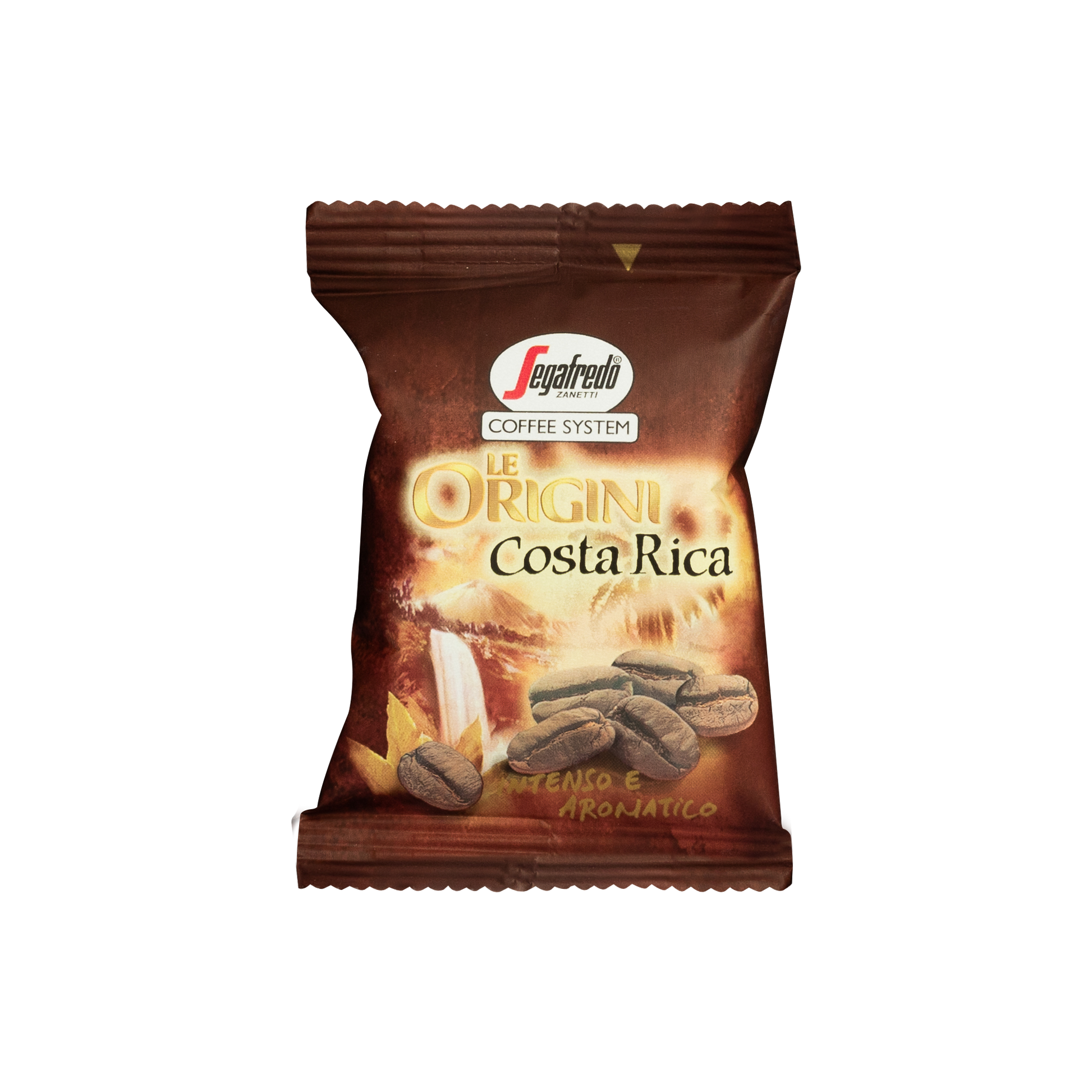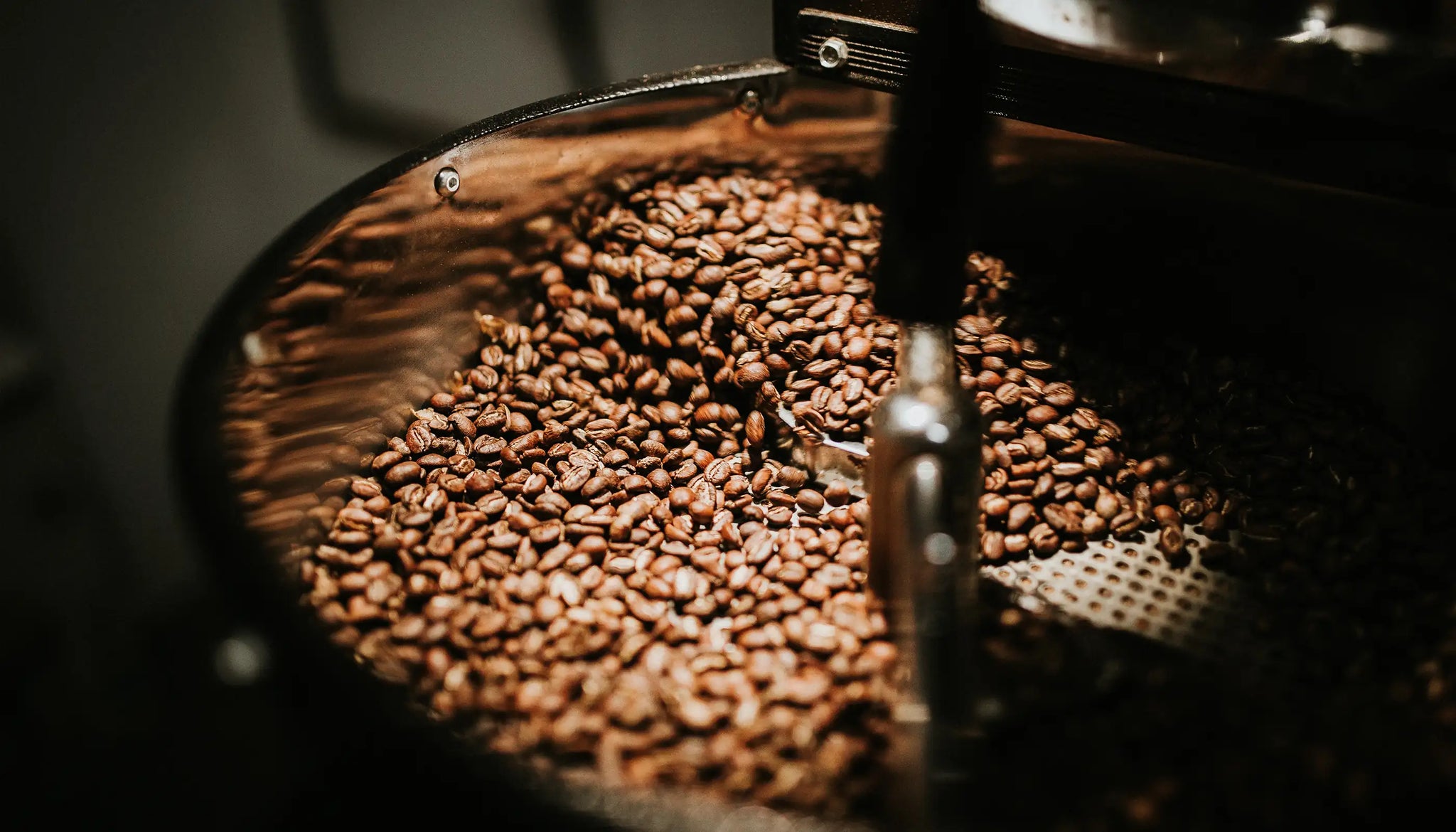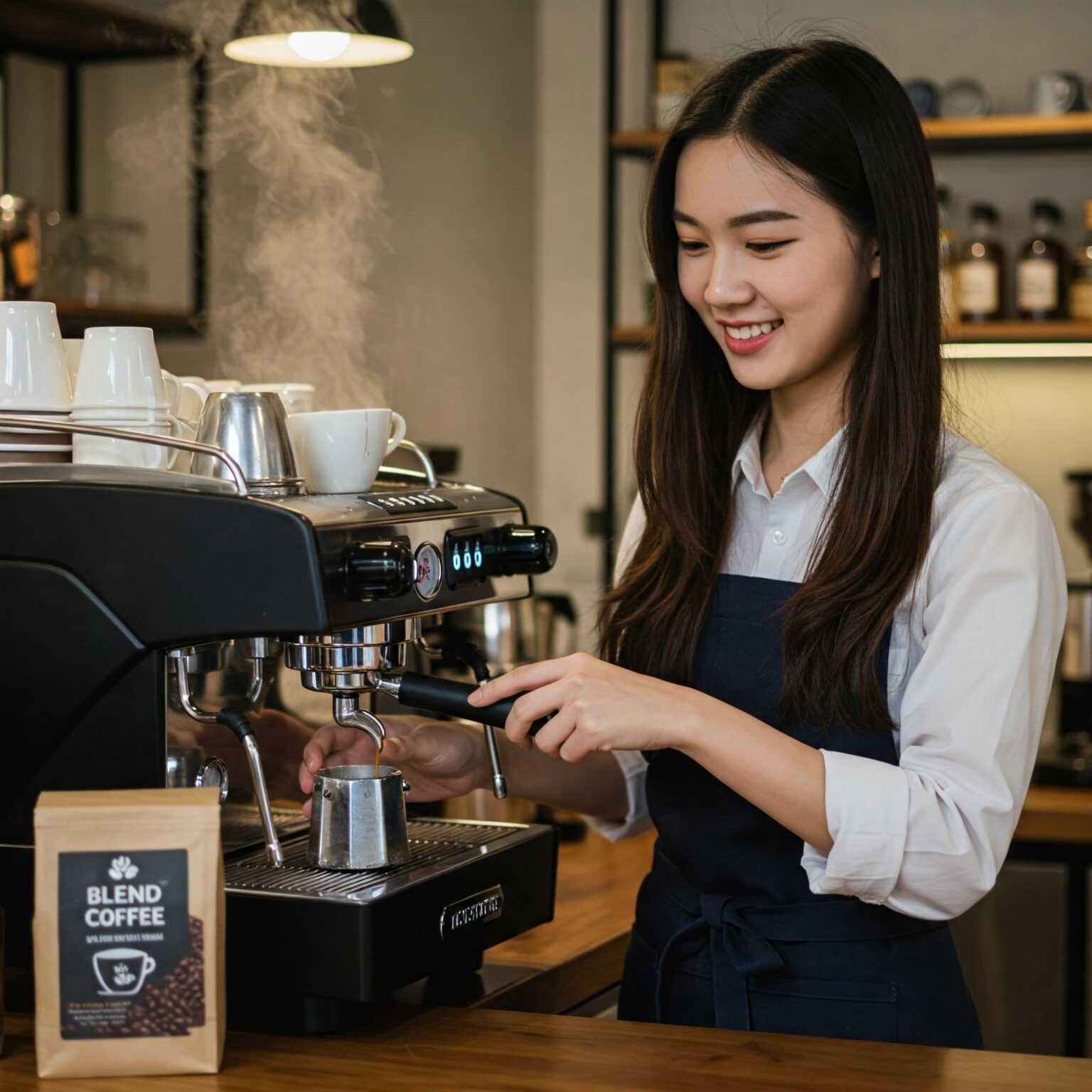How to Store SOE Single Origin Espresso for Optimal Freshness
How to Store SOE Single Origin Espresso for Optimal Freshness
Blog Article
Comprehending Coffee Beans: the Trip From Espresso to Blended Coffee Beans

The Beginnings of Coffee: A Worldwide Perspective
While you could think about coffee as a modern staple, its beginnings map back centuries, linking with societies around the world. The tale starts in Ethiopia, where tale claims a goat herdsman named Kaldi discovered the stimulating results of coffee beans after seeing his goats frolicking energetically after consuming them. This stimulated rate of interest, resulting in coffee's spread to Arab investors that valued the made beverage. By the 15th century, it reached Persia, Egypt, and Turkey, where coffeehouses came to be social centers for conversation and society.
As trade routes broadened, coffee made its way to Europe in the 17th century, quickly obtaining popularity. It changed from a mystical drink right into a day-to-day ritual, intellectual exchanges and motivating celebrations. Each culture added its unique twist to coffee preparation, improving its history. This worldwide journey highlights exactly how coffee attaches us, transcending boundaries and joining diverse traditions through a basic bean.
Growing and Harvesting of Espresso Beans
As coffee's trip progressed, the focus shifted to the growing and harvesting of certain bean varieties, especially those made use of for espresso. You'll discover that coffee beans typically come from Arabica or Robusta plants, each offering distinctive tastes. The optimal growing conditions consist of high altitudes and abundant, well-drained soil, which enhance the beans' high quality.
Throughout the harvest, picking approaches differ. In some areas, workers hand-pick ripe cherries, ensuring just the most effective fruit mosts likely to handling. In various other areas, mechanical harvesters are used, specifically on larger ranches. Timing is crucial; you intend to gather when the cherries reach peak ripeness for maximum taste.
When harvested, the beans are prepared for processing, which is vital in identifying their last taste. Understanding the cultivation and harvesting procedures provides you understanding right into what goes right into your favorite espresso, enriching your appreciation for each and every mug.
Processing Techniques: From Cherry to Bean
Since you have actually learned concerning harvesting espresso beans, allow's check out exactly how those cherries transform right into the coffee beans you love. You'll see just how various harvesting techniques effect flavor, adhered to by the important actions of fermentation and drying out. Finally, we'll break down the milling and grading procedure that establishes your coffee's quality.
Collecting Strategies Explained
When it comes to coffee, understanding harvesting methods is vital, since they directly affect the flavor and quality of the beans you appreciate. Selective selecting involves hand-picking only ripe cherries, ensuring you get the ideal top quality beans. Eventually, the option of collecting method can considerably affect your coffee experience, so it's worth recognizing exactly how those beans made it to your mug.
Fermentation and Drying
After gathering, the next action in processing coffee beans play a significant function fit their taste. You'll discover that fermentation is vital, as it assists damage down the mucilage bordering the beans, enhancing their preference account. Relying on the approach, this process can last from a couple of hours to a number of days, with varying results based on temperature level and humidity.
As soon as fermentation is total, drying adheres to, which is similarly important. You can select from sun-drying or mechanical drying methods. Sun-drying permits the beans to absorb flavors from the setting, while mechanical drying assurances regular moisture degrees no matter weather condition. Proper drying is necessary to prevent mold and mildew and maintain the beans' quality, ultimately influencing your cup of coffee.
Milling and Grading Refine
As fermentation and drying established the stage for taste growth, the milling and grading procedure warranties that just the most effective coffee beans make it to your mug. This stage entails getting rid of the external layers of the coffee cherry, including the parchment and husk. After milling, the beans are sorted by dimension and weight, making sure a consistent quality. You'll locate that grading aids recognize problems and categorize beans, which influences flavor and aroma. High-quality beans receive a higher quality, causing a richer coffee experience. When graded, the beans are prepared for packaging and delivery, preserving their special features. This thorough procedure is important for delivering the extraordinary taste you appreciate in every sip of your favorite mixture.
Toasting Techniques: Opening Flavor Prospective
When you roast coffee beans, the approach you select can drastically impact the flavor account. Comprehending the partnership between time, temperature level, and roasting techniques is vital to disclosing the potential of your mixture. Allow's check out how these components collaborated to produce the ideal cup.
Roasting Techniques Described
While you may believe that all coffee roasting approaches produce the exact same results, the truth is that each method discloses distinct flavor potentials in the beans. You can select in between techniques like drum roasting, air roasting, and even conventional frying pan roasting. Drum roasting utilizes a rotating drum to uniformly distribute warm, enhancing caramelization and generating a balanced flavor. Air roasting, on the other hand, circulates hot air around the beans, promoting a lighter roast with obvious level of acidity. Frying pan roasting permits hands-on control yet calls for continuous attention to avoid burning. Each technique has its nuances, so trying out various techniques can help you uncover the best roast that straightens with your preference preferences. Enjoy the trip of finding your perfect cup!

Effect On Flavor Profile
Various roasting methods not only influence the procedure however additionally greatly affect the taste profile of the coffee beans. When you choose a light roast, you'll experience bright acidity and flower notes, showcasing the bean's beginning. In comparison, a medium roast balances acidity with sweet taste, commonly disclosing chocolatey undertones. Dark roasts, on the other hand, highlight strong, great smoky tastes, in some cases covering up the bean's one-of-a-kind characteristics. Each strategy reveals various oils and substances, bring about a wide variety of tastes. By try out various roasting designs, you can find which profiles resonate with your taste buds. Recognizing these subtleties assists you value the creativity behind your cup of coffee, enhancing your general experience with every sip.
Time and Temperature Elements
To launch the full taste potential of coffee beans, both time and temperature throughout the roasting process play significant duties. When toasting, you'll locate that greater temperature levels can promptly create flavors, but if you rush it, you could finish up with burned notes. On the other hand, reduced temperatures permit an extra gradual taste development, showcasing the beans' unique characteristics.

Timing is simply as important; prolonging the roast too long can bring about a loss of level of acidity and brightness, while too brief a roast could leave the beans underdeveloped. Finding that sweet area calls for technique and experimentation. By readjusting these elements, you can expose the abundant, intricate flavors concealed within each bean, developing a really exceptional coffee experience.
The Art of Mixing: Crafting One-of-a-kind Coffee Profiles

Start by choosing a base coffee that gives a strong foundation. An intense Ethiopian bean can bring fruitiness, while an abundant Brazilian coffee includes body.
As you mix, keep in mind that each mix informs a story. You're not just making coffee; you're developing an experience. So, take your time, preference regularly, and delight in the trip of uncovering your trademark mix.
Brewing Methods: How Preparation Influences Flavor
Mixing coffee opens a domain of flavor possibilities, but exactly how you make that mix can considerably influence your last mug. Different developing approaches remove distinct tastes and fragrances, so it's essential to select sensibly. As an example, a French press allows debris and oils to remain, producing a rich, robust experience. On the various other hand, a pour-over highlights the coffee's clarity and illumination, excellent for showcasing fragile notes.
Coffee, with its high pressure, produces a focused shot that accentuates sweetness and crema. If you like a lighter mixture, think about a cool brew technique; it yields a smooth, much less acidic preference.
Readjusting variables like water temperature, grind dimension, and make time can transform your coffee's account. Embrace the art of brewing to find the flavors concealed in your coffee blends.
The Future of Coffee: Sustainability and Technology
As the coffee SOE sector evolves, sustainability and development are becoming crucial for resolving ecological difficulties and conference consumer needs. You'll discover that even more coffee business are taking on environmentally friendly methods, from sourcing beans ethically to applying sustainable farming techniques. These shifts not just assist the earth yet additionally improve the top quality of the coffee you enjoy.
You may see innovations like biodegradable packaging and water-saving brewing techniques that lower waste. Advanced innovation, such as blockchain, is also ending up being prominent, making certain openness in the supply chain, which permits you to map your coffee back to its origins.
Furthermore, spending in neighborhood neighborhoods and supporting farmers via reasonable profession initiatives cultivates a much more lasting coffee community. As you drink your following cup, keep in mind that your options can contribute to a brighter future for coffee. By selecting sustainable brand names, you're not simply taking pleasure in a beverage; you're making a positive influence on the world.
Regularly Asked Concerns
What Is the Difference Between Arabica and Robusta Beans?
Arabica beans are smoother, sweeter, and have a greater acidity, while robusta beans are more powerful, much more bitter, and include more caffeine. When brewing your coffee., you'll notice these distinctions in taste and aroma.
How Does Elevation Affect Coffee Bean Flavor?
Altitude impacts coffee bean flavor considerably. Higher altitudes generate beans with brighter level of acidity and complicated tastes, while lower elevations usually yield beans that are much heavier and less nuanced. You'll see these differences in your mug!
What Are the Health And Wellness Perks of Drinking Coffee?
Consuming coffee can enhance your energy, enhance psychological focus, and also enhance physical performance. It's abundant in anti-oxidants, might reduce the danger of specific conditions, and can promote a healthier metabolism when eaten in small amounts.
Can Coffee Beans Be Recycled for Brewing?
Yes, you can reuse coffee beans for developing, but the flavor might be weak. If you delight in experimenting, attempt recycling them in various methods, like chilly mixtures or including in healthy smoothies for an additional kick.
Just how Should I Store Coffee Beans for Freshness?
To maintain your coffee beans fresh, keep them in a closed container in an awesome, dark place. Avoid exposing them to light, warm, or wetness, as these variables can quickly deteriorate their flavor and aroma.
Comprehending Coffee Beans: the Trip From Espresso to Blended Coffee Beans.
Currently that you have actually found out about harvesting espresso beans, let's check out just how those cherries change into the coffee beans you love.When you roast coffee beans, the technique you choose can significantly influence the flavor account - Single Origin Espresso.While you could believe that all coffee roasting methods generate the exact same outcomes, the fact is that each strategy exposes one-of-a-kind taste potentials in the beans.Various roasting approaches not just affect the procedure but likewise significantly impact the flavor account of the coffee beans
Report this page